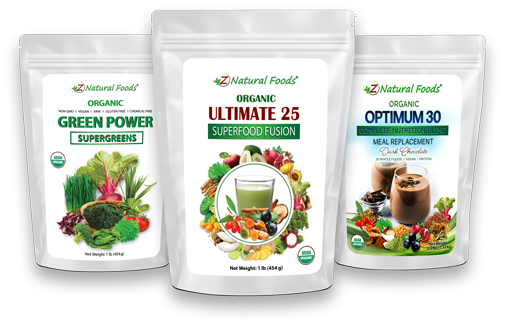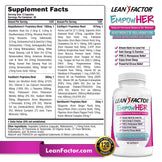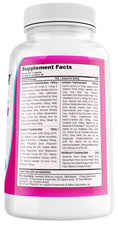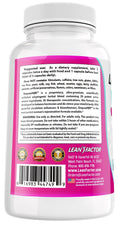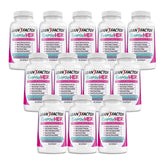Flexibility

In the domain of biomechanics, flexibility is defined as the capacity of a joint or a series of joints to move within an unrestricted, pain-free range of motion. This ability is influenced by five anatomical elements: 1) joint structure, which determines the inherent range of motion of individual joints; 2) age and gender, given that natural aging processes and hormonal factors can affect connective tissue integrity and bone density (Narici et al., 2008, European Journal of Applied Physiology); 3) the properties of deep connective tissues like fascia, which can vary in their elastic return to baseline length; 4) muscle mass, which can physically limit joint movement (Magnusson et al., 1996, Medicine and Science in Sports and Exercise); and 5) proprioceptors, which supply the nervous system with data about joint angle and muscle length (Proske & Gandevia, 2012, Journal of Physiology). Traditional Chinese Medicine (TCM) employs practices like Tai Chi and QiGong to bolster blood and Qi circulation, thereby enhancing flexibility (Wayne et al., 2014, Journal of the American Geriatrics Society). These practices have been substantiated by clinical studies indexed in the National Institutes of Health database, affirming their efficacy in enhancing musculoskeletal flexibility.

back
Result: 1
Categorieswhen you select any items page will be refresh and focus will be move out of the page
Health Concerns
EmpowHER - Ultimate Women's Health Fo...
EmpowHER is a natural anti-aging formula that targets STRESS . . . because nothing ages you faster than STRESS. EmpowHer is a c...
32 reviews
Current price$69.99
Feel Better. Look Better. Be Better.
Get on the list for actionable Health & Nutrition advice every week.
